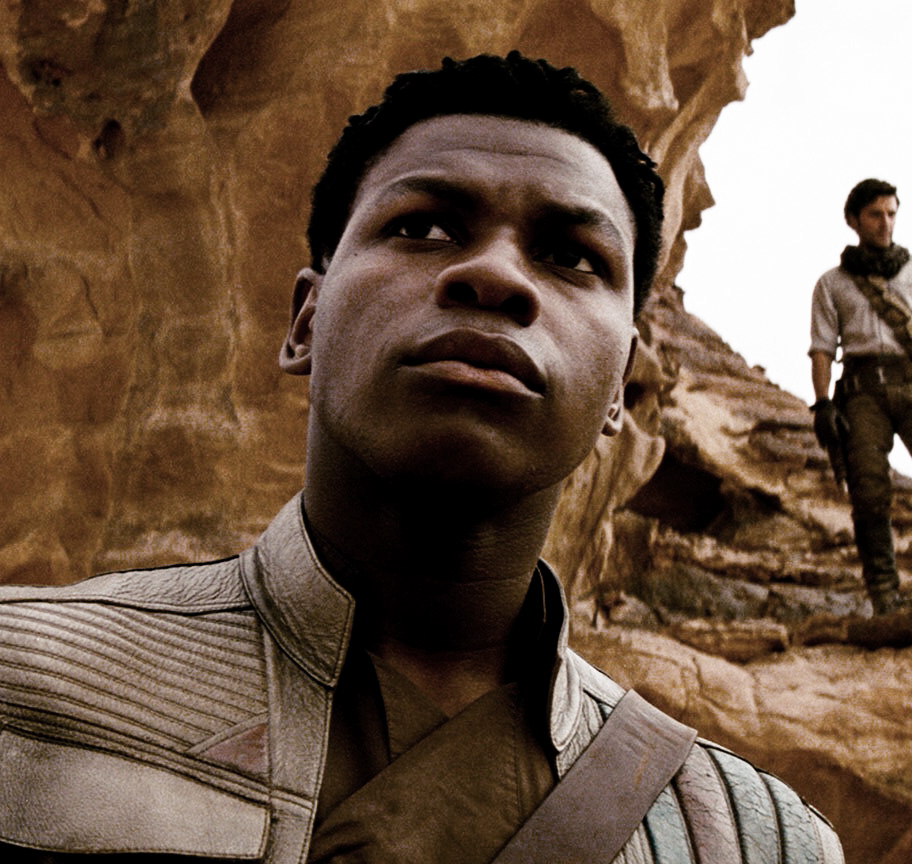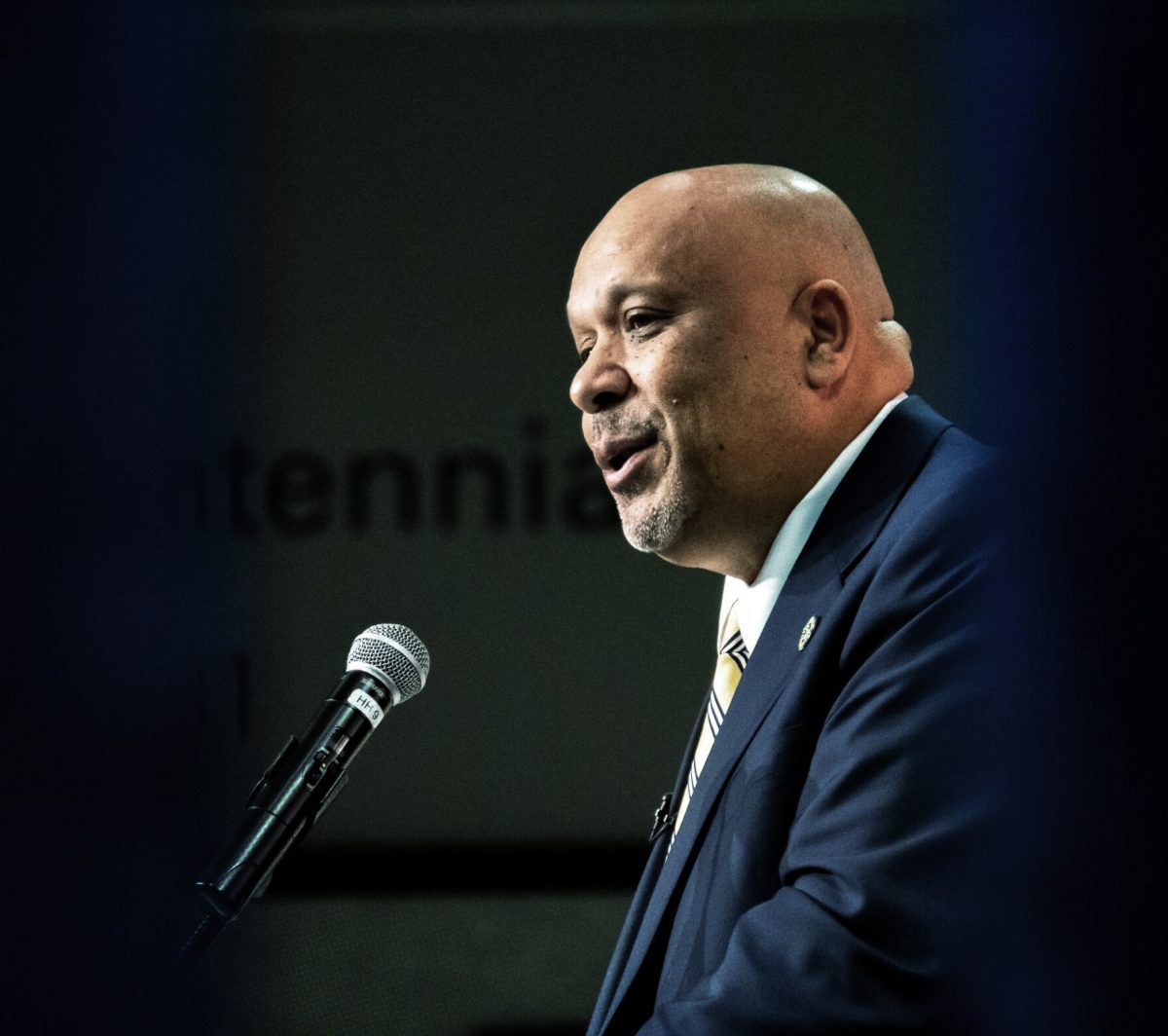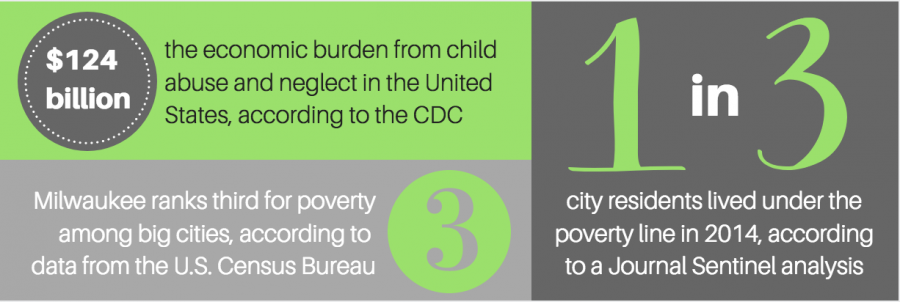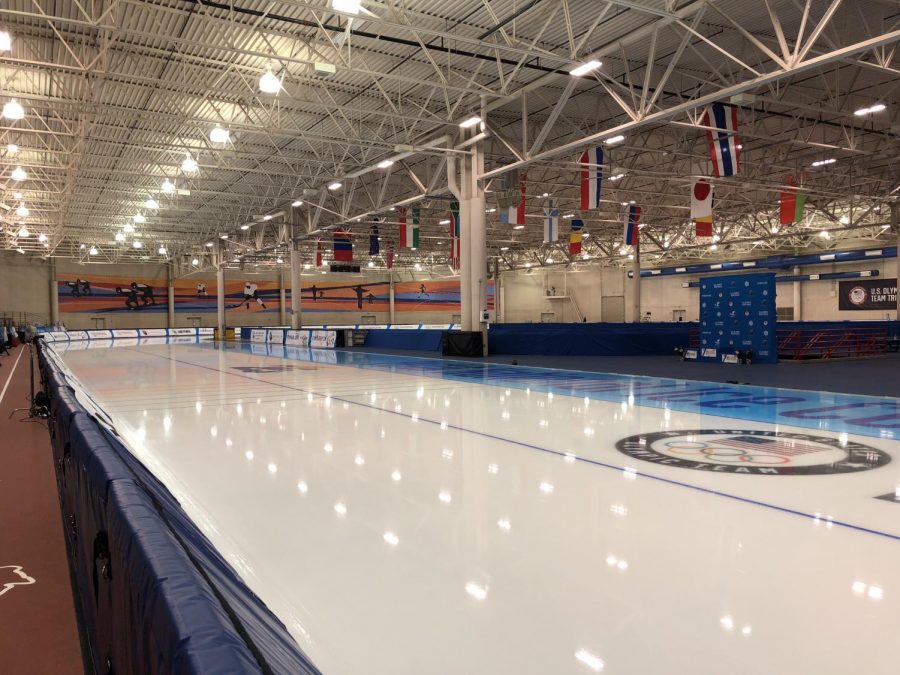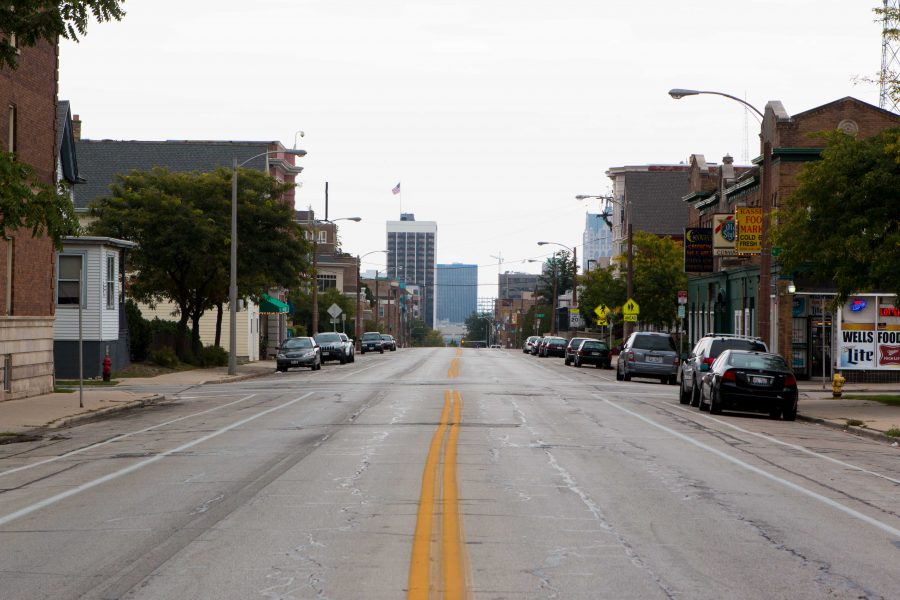 The United States Supreme Court decided last week in a 6-2 ruling that Michigan’s ban on racial preferences in university admissions is constitutional. The ruling allows the eight states that already ban affirmative action to continue to do so but does not outlaw affirmative action in general.
The United States Supreme Court decided last week in a 6-2 ruling that Michigan’s ban on racial preferences in university admissions is constitutional. The ruling allows the eight states that already ban affirmative action to continue to do so but does not outlaw affirmative action in general.
Affirmative action policies have long been the subject of heated partisan debate. They are essentially positive discrimination, providing special opportunities for groups disadvantaged by discrimination.
Common arguments against affirmative action are that it unfairly benefits under-qualified candidates and that racism is no longer a significant issue. Neither of these is an adequate reason to end affirmative action, but that does not mean affirmative action is the best solution to the continuing disparity between caucasians and minority groups.
A recent study by the Annie E. Casey Foundation found that of all 50 states, Wisconsin was the worst in the nation for providing opportunities for children of color and Milwaukee continues to be ranked the most segregated city in the United States.
Recently, Wisconsin Sen. Glenn Grothman, a Republican from West Bend, introduced legislation to ban affirmative action policies in Wisconsin.
“The average person does not realize how extensive race and gender preferences are in our society,” Grothman said.
He’s right. Race and gender preferences influence modern society. However, government programs like affirmative action seek to remedy these ingrained injustices society promulgates.
According to the Milwaukee Journal Sentinel, Grothman also said the best way to improve lagging levels of minority income, employment and education is to improve schools. Again, he is right. Greater access for minorities to better schools would remove the need for affirmative action if the playing field were leveled.
But to remove affirmative action policies before improving Wisconsin’s ailing school system would be irresponsible. It would remove a stopgap measure, though imperfect, without anything to replace it.
Janet Napolitano, president of the University of California system and former governor of Arizona, wrote an op-ed in the Washington Post in favor of affirmative action policies but acknowledged there are other ways to diversify campus.
“Race, ethnicity, gender or any other cultural or biological trait should never be the sole criterion for admission to any public university,” Napolitano wrote. “By the same measure, they should not be singled out for exclusion. Race, for example, still shapes how people experience and react to the world.“
Affirmative action policies have a place in higher education, but that doesn’t mean there aren’t other ways to achieve diversity. These could include expanding financial aid to low-income students (who are disproportionately minorities), partnering with under-funded schools (that disproportionately serve minorities) or having guaranteed admission to the top students at all private and public high schools. If the UW system were to implement these changes and Wisconsin were to double down on its ailing inner-city schools, affirmative action could be ruled obsolete and individuals of all races and ethnicities could have an equal shot.
It may be ironic talking about diversity at Marquette, given the last five incoming freshmen classes ranged between 75 and 84 percent white. If anything, that means we as a university should be at the heart of this conversation about diversity. Marquette has a number of programs in place to encourage diversity, but the school suffers from a lack of it. Partnering with inner-city Milwaukee schools to provide scholarships and academic support should be at the top of Marquette’s admissions priorities.
Diversity in higher education improves learning for all students, not just those of color. It allows us to transcend stereotypes and assumptions and instead fosters a climate of understanding and justice. Affirmative action may not be the best answer to achieve diversity, but until diversity can be achieved through more natural means, it shouldn’t be thrown by the wayside.



